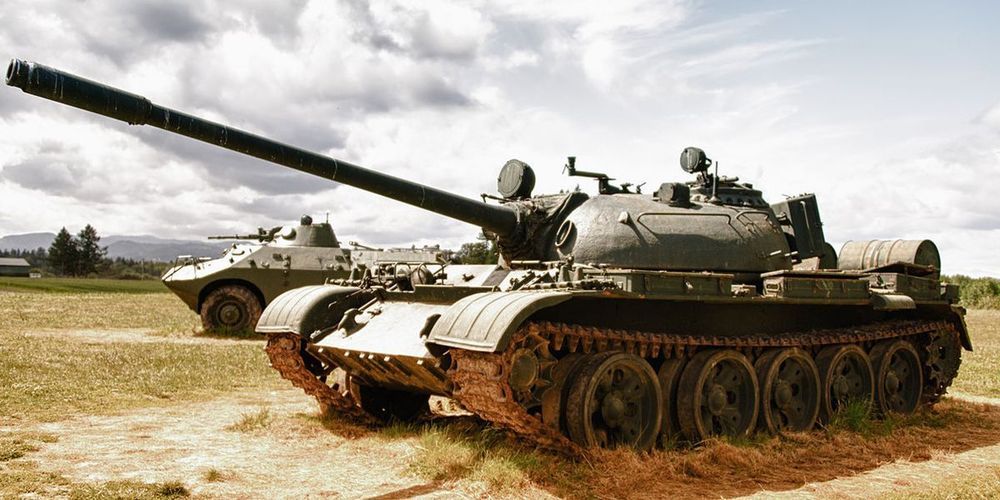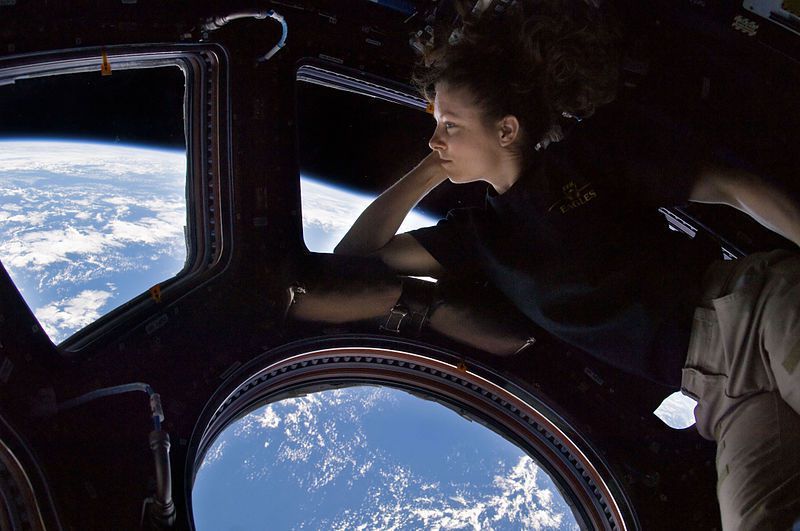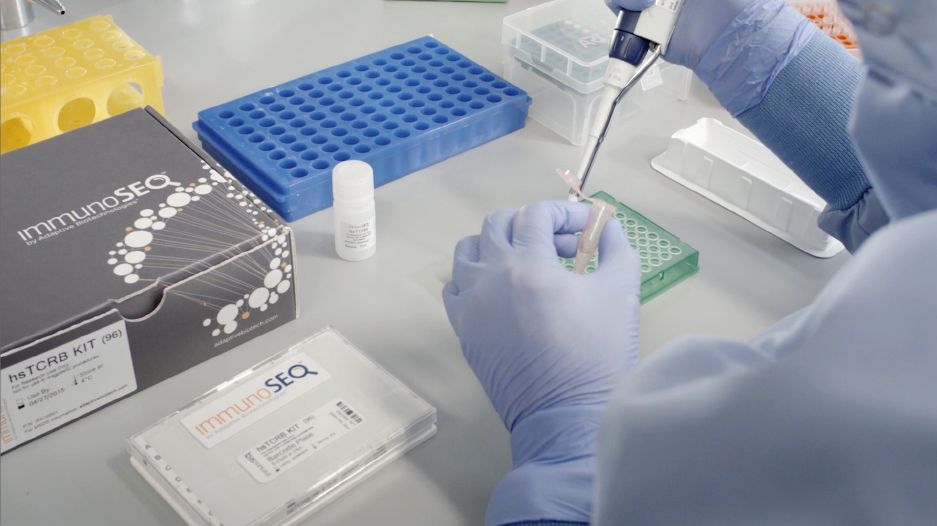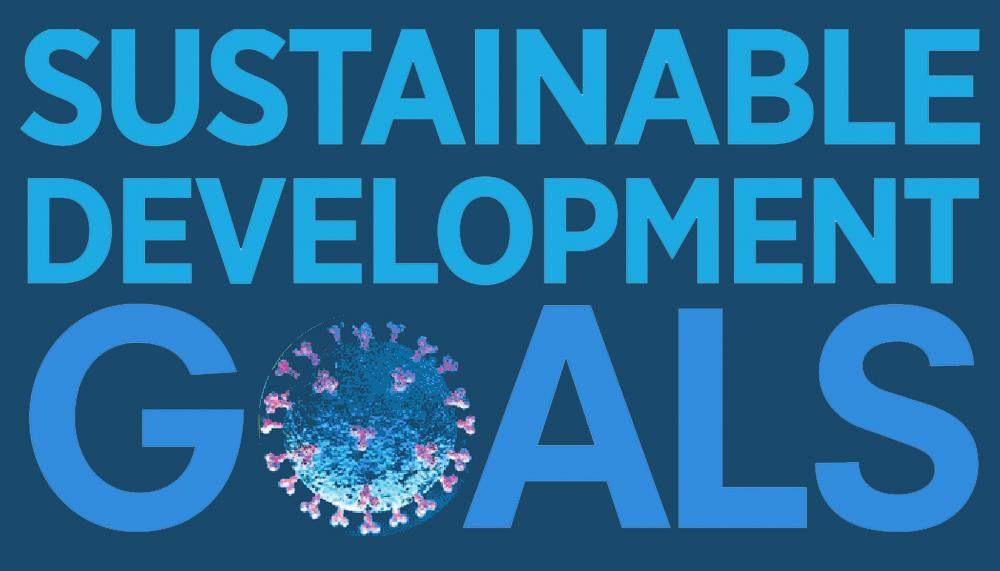Circa 1988 o.,o.
While the Pentagon is busy developing laser weapons, a small California company claims it has discovered a type of plastic that acts as armor against laser energy. The company stumbled on the material by accident and doesn’t fully understand why it works. Samples have been sent to several United States military labs, which are running tests to see how strong a laser beam the plastic can withstand.
“We’re trying to find out the full magnitude of its capabilities,” says Slava Harlamor, president of Harlamor-Schadeck Company, which developed the material.
The military applications of an effective laser armor are obvious.









